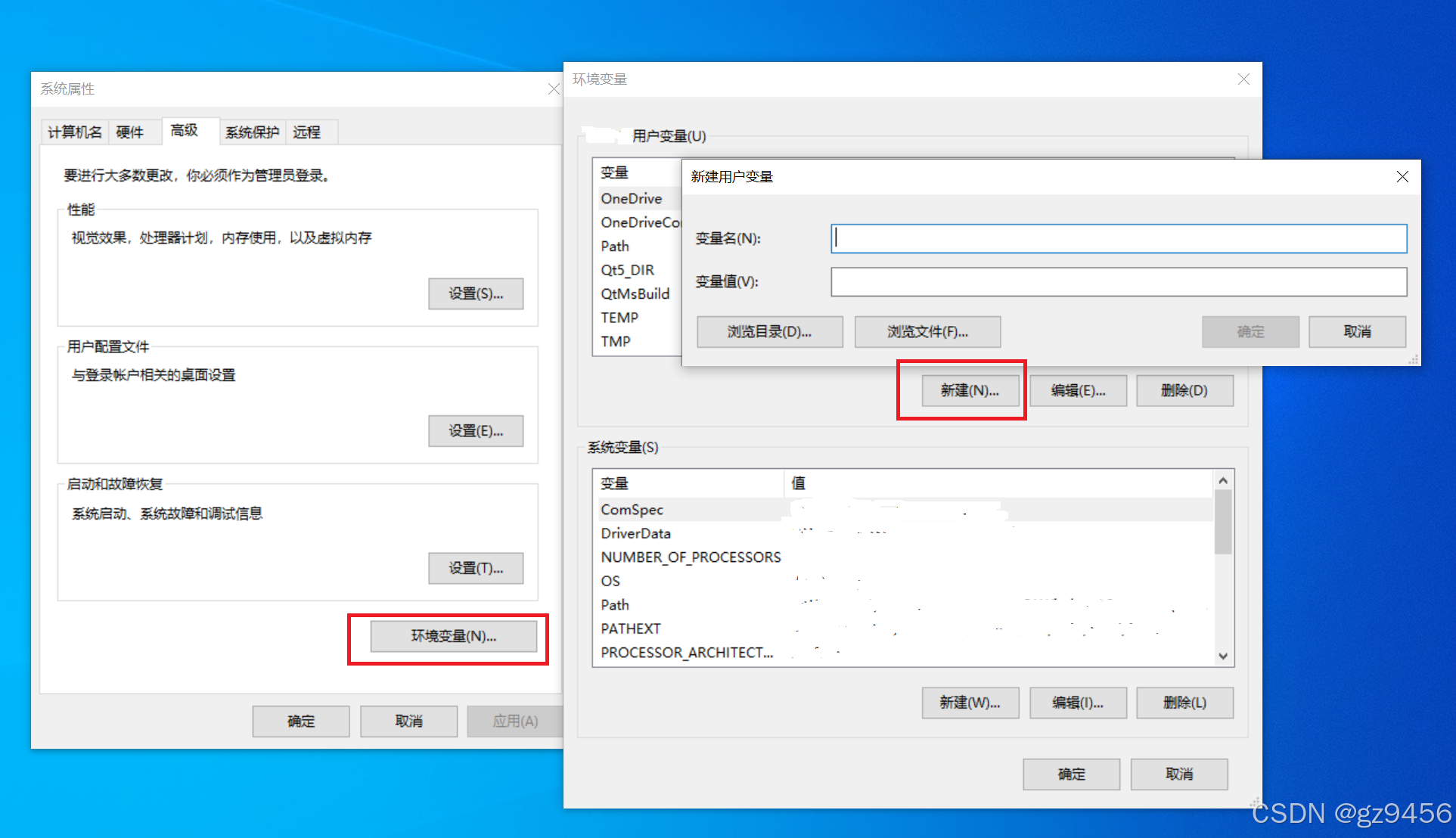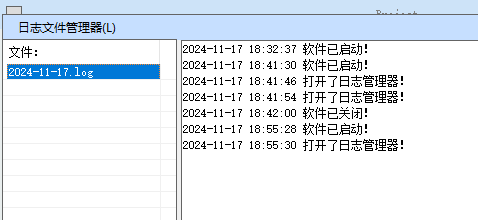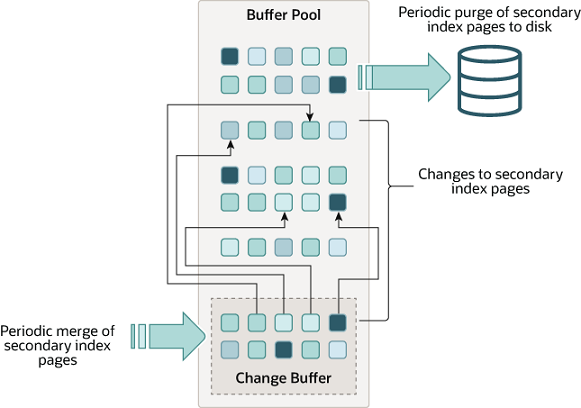本文实现Python库d和OpenCV来实现眼部闭合检测,主要用于评估用户是否眨眼。
步骤一:导入必要的库和设置参数
首先,代码导入了必要的Python库,如dlib、OpenCV和scipy。通过argparse设置了输入视频和面部标记预测器的参数。
from scipy.spatial import distance as dist
from collections import OrderedDict
import numpy as np
import argparse
import time
import dlib
import cv2
步骤二:定义面部关键点索引
使用OrderedDict定义了包含68个点的面部关键点,用于眼部分析。
FACIAL_LANDMARKS_68_IDXS = OrderedDict([
("mouth", (48, 68)),
("right_eyebrow", (17, 22)),
("left_eyebrow", (22, 27)),
("right_eye", (36, 42)),
("left_eye", (42, 48)),
("nose", (27, 36)),
("jaw", (0, 17))
])
步骤三:定义眼部闭合比率(EAR)函数
此函数计算眼部的纵横比,用于判断眼睛是否闭合。
def eye_aspect_ratio(eye):
A = dist.euclidean(eye[1], eye[5])
B = dist.euclidean(eye[2], eye[4])
C = dist.euclidean(eye[0], eye[3])
ear = (A + B) / (2.0 * C)
return ear
步骤四:读取视频并初始化检测器
加载面部检测器和预测器,读取视频流。
detector = dlib.get_frontal_face_detector()
predictor = dlib.shape_predictor(args["shape_predictor"])
vs = cv2.VideoCapture(args["video"])
步骤五:遍历视频帧,检测和分析
对视频的每一帧进行处理,检测人脸,提取眼部关键点,并计算EAR。
while True:
frame = vs.read()[1]
gray = cv2.cvtColor(frame, cv2.COLOR_BGR2GRAY)
rects = detector(gray, 0)
步骤六:闭眼检测逻辑
分析EAR值,累计闭眼帧数,并计算总的眨眼次数。
if ear < EYE_AR_THRESH:
COUNTER += 1
else:
if COUNTER >= EYE_AR_CONSEC_FRAMES:
TOTAL += 1
COUNTER = 0
步骤七:显示结果
在视频帧上显示眨眼次数和当前EAR值,同时绘制眼部区域。
cv2.putText(frame, "Blinks: {}".format(TOTAL), (10, 30), cv2.FONT_HERSHEY_SIMPLEX, 0.7, (0, 0, 255), 2)
cv2.drawContours(frame, [leftEyeHull], -1, (0, 255, 0), 1)
完整代码
#导入工具包
from scipy.spatial import distance as dist
from collections import OrderedDict
import numpy as np
import argparse
import time
import dlib
import cv2
FACIAL_LANDMARKS_68_IDXS = OrderedDict([
("mouth", (48, 68)),
("right_eyebrow", (17, 22)),
("left_eyebrow", (22, 27)),
("right_eye", (36, 42)),
("left_eye", (42, 48)),
("nose", (27, 36)),
("jaw", (0, 17))
])
# http://vision.fe.uni-lj.si/cvww2016/proceedings/papers/05.pdf
def eye_aspect_ratio(eye):
# 计算距离,竖直的
A = dist.euclidean(eye[1], eye[5])
B = dist.euclidean(eye[2], eye[4])
# 计算距离,水平的
C = dist.euclidean(eye[0], eye[3])
# ear值
ear = (A + B) / (2.0 * C)
return ear
# 输入参数
ap = argparse.ArgumentParser()
ap.add_argument("-p", "--shape-predictor",default="shape_predictor_68_face_landmarks.dat",
help="path to facial landmark predictor")
ap.add_argument("-v", "--video", type=str, default="test.mp4",
help="path to input video file")
args = vars(ap.parse_args())
# 设置判断参数
EYE_AR_THRESH = 0.3
EYE_AR_CONSEC_FRAMES = 3
# 初始化计数器
COUNTER = 0
TOTAL = 0
# 检测与定位工具
print("[INFO] loading facial landmark predictor...")
detector = dlib.get_frontal_face_detector()
predictor = dlib.shape_predictor(args["shape_predictor"])
# 分别取两个眼睛区域
(lStart, lEnd) = FACIAL_LANDMARKS_68_IDXS["left_eye"]
(rStart, rEnd) = FACIAL_LANDMARKS_68_IDXS["right_eye"]
# 读取视频
print("[INFO] starting video stream thread...")
vs = cv2.VideoCapture(args["video"])
#vs = FileVideoStream(args["video"]).start()
time.sleep(1.0)
def shape_to_np(shape, dtype="int"):
# 创建68*2
coords = np.zeros((shape.num_parts, 2), dtype=dtype)
# 遍历每一个关键点
# 得到坐标
for i in range(0, shape.num_parts):
coords[i] = (shape.part(i).x, shape.part(i).y)
return coords
# 遍历每一帧
while True:
# 预处理
frame = vs.read()[1]
if frame is None:
break
(h, w) = frame.shape[:2]
width=1200
r = width / float(w)
dim = (width, int(h * r))
frame = cv2.resize(frame, dim, interpolation=cv2.INTER_AREA)
gray = cv2.cvtColor(frame, cv2.COLOR_BGR2GRAY)
# 检测人脸
rects = detector(gray, 0)
# 遍历每一个检测到的人脸
for rect in rects:
# 获取坐标
shape = predictor(gray, rect)
shape = shape_to_np(shape)
# 分别计算ear值
leftEye = shape[lStart:lEnd]
rightEye = shape[rStart:rEnd]
leftEAR = eye_aspect_ratio(leftEye)
rightEAR = eye_aspect_ratio(rightEye)
# 算一个平均的
ear = (leftEAR + rightEAR) / 2.0
# 绘制眼睛区域
leftEyeHull = cv2.convexHull(leftEye)
rightEyeHull = cv2.convexHull(rightEye)
cv2.drawContours(frame, [leftEyeHull], -1, (0, 255, 0), 1)
cv2.drawContours(frame, [rightEyeHull], -1, (0, 255, 0), 1)
# 检查是否满足阈值
if ear < EYE_AR_THRESH:
COUNTER += 1
else:
# 如果连续几帧都是闭眼的,总数算一次
if COUNTER >= EYE_AR_CONSEC_FRAMES:
TOTAL += 1
# 重置
COUNTER = 0
# 显示
cv2.putText(frame, "Blinks: {}".format(TOTAL), (10, 30),
cv2.FONT_HERSHEY_SIMPLEX, 0.7, (0, 0, 255), 2)
cv2.putText(frame, "EAR: {:.2f}".format(ear), (300, 30),
cv2.FONT_HERSHEY_SIMPLEX, 0.7, (0, 0, 255), 2)
cv2.imshow("Frame", frame)
key = cv2.waitKey(10) & 0xFF
if key == 27:
break
vs.release()
cv2.destroyAllWindows()




![Figure 02迎重大升级!!人形机器人独角兽[Figure AI]商业化加速](https://i-blog.csdnimg.cn/direct/2d10312665a44e82823379cec821a34d.png)














